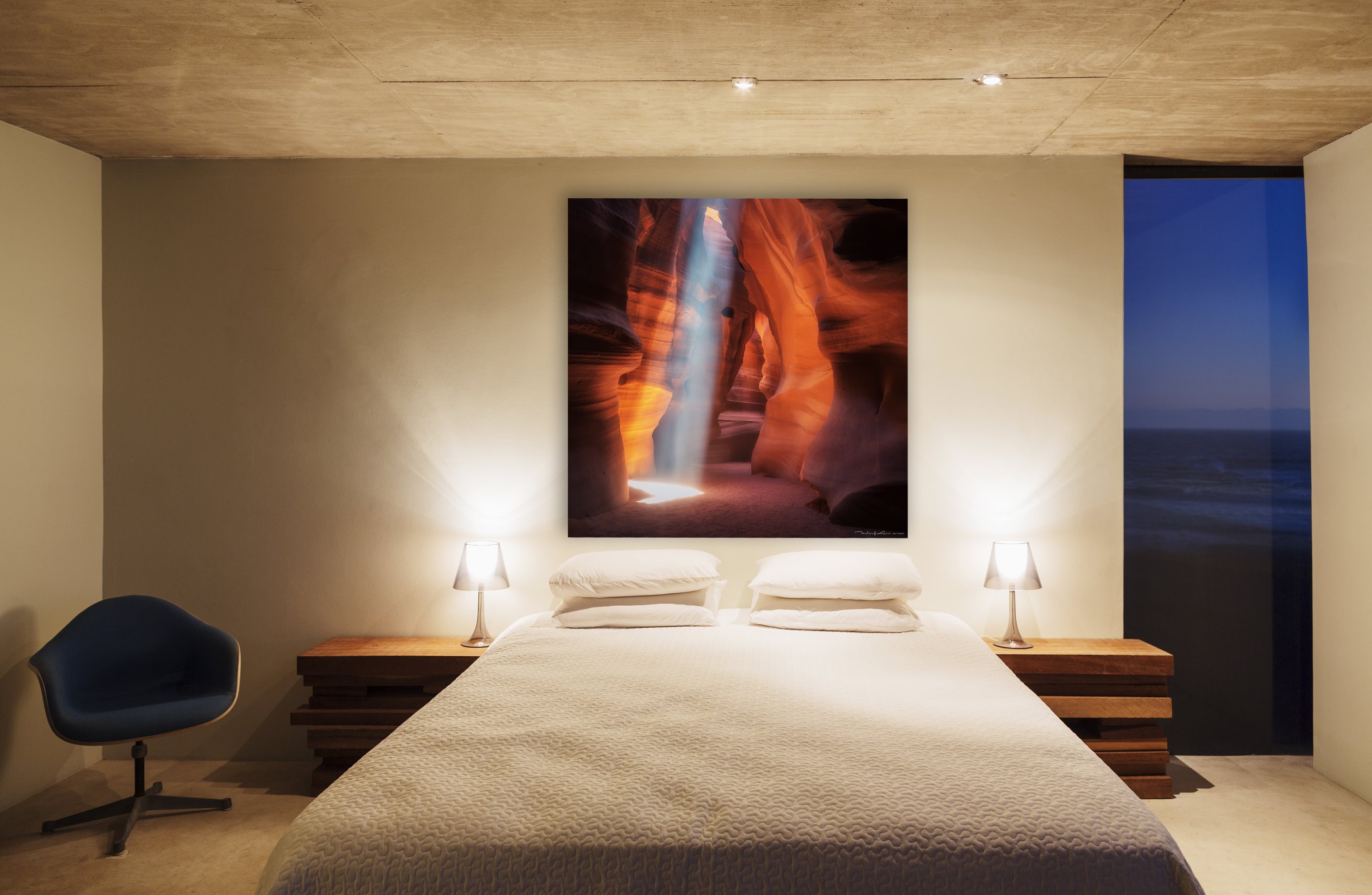Lower Antelope Canyon in Pictures - A Visual Tour of Nature’s Art

Lower Antelope Canyon, a mesmerizing geological marvel nestled in the heart of the Navajo Nation in Arizona, offers an unparalleled spectacle of nature’s artistry. As sunlight filters through its undulating, serpentine walls, one cannot help but ponder the deeper meanings encapsulated within its sandstone formations. This captivating canyon is not merely an impressive sight; it symbolizes the intricate relationship between the earth’s shaping processes and the profound beauty that can emerge from them. In this visual tour, we will explore the enchanting vistas of Lower Antelope Canyon through a curated selection of stunning images, each capturing the canyon’s ethereal charm and the nuanced hues that paint its surfaces.
As the journey begins, prepare to be transported into a realm where shadows and light dance in an almost otherworldly ballet. The interplay of these elements creates a kaleidoscope of colors, ranging from fiery oranges to tranquil blues, each shade shifting throughout the day. When photographers venture into this captivating space, they often describe a feeling akin to stepping into a living canvas—one that continually evolves with every passing moment.
 The winding pathways of Lower Antelope Canyon deliver an experience that is as physically breathtaking as it is visually stunning. As visitors meander through narrow corridors, they are enveloped by towering walls that rise high above, often reaching up to 120 feet. These imposing structures, sculpted by millennia of erosion and flooding, narrate a story of time immemorial. The canyon’s walls are adorned with intricate patterns—smooth, wavy lines that seem to ripple like fabric, revealing the relentless power of nature’s forces.
The winding pathways of Lower Antelope Canyon deliver an experience that is as physically breathtaking as it is visually stunning. As visitors meander through narrow corridors, they are enveloped by towering walls that rise high above, often reaching up to 120 feet. These imposing structures, sculpted by millennia of erosion and flooding, narrate a story of time immemorial. The canyon’s walls are adorned with intricate patterns—smooth, wavy lines that seem to ripple like fabric, revealing the relentless power of nature’s forces.
Exploring the lower section of the canyon reveals the profound silence that pervades this ethereal landscape. The absence of urban noise lets one attune to the minute sounds of nature—the soft whisper of wind, the distant chirps of birds, and the gentle rustle of sand. Each visual element contributes to an overarching sense of peace, allowing one to connect deeply with the environment—a harmony echoed in the emotion found within each photograph.
Photography within Lower Antelope Canyon is a cerebral endeavor. Capturing its magnificence requires both skill and patience. The optimal time for photography is during the midday hours when sunlight streams directly down into the canyon. This phenomenon births a dazzling display of light beams that slice through the canyon’s depths, illuminating the walls in a dramatic fashion. Nature, in its infinite wisdom, provides the perfect stage for artists and adventurers alike to encapsulate fleeting moments of beauty. The intricate interplay of shadows against the textured sandstone creates a visual feast that delights the senses.
Each captured image serves as a testament to the artistry inherent in nature. One can envision the slow and deliberate process of sedimentation that occurred over thousands of years—layers of fine sand compressed and sculpted by wind and water, eventually revealing the stunning formations we see today. This geological handiwork calls to mind the notion of impermanence, compelling viewers to appreciate the transient beauty of their surroundings.
Visitors often remark on how the experience of navigating through the canyon can evoke a sense of introspection. Surrounded by towering walls and vibrant colors, one might reflect on the fragility of nature and our role within its ecosystem. The juxtaposition of the immensity of the canyon against one’s own insignificance can provoke profound thoughts—questions about existence, preservation, and coexistence with nature. Each glimpse into the canyon becomes a meditation on the passage of time and the manifestations of natural beauty.
Lower Antelope Canyon not only showcases the splendor of the American Southwest but also acts as a reminder of the need to safeguard such natural wonders. Environmental conservation takes on a palpable urgency as ecological degradation threatens treasures like this canyon. The significance of protecting these spaces becomes paramount, as they offer vital havens for both biodiversity and cultural heritage, particularly for the Navajo, who have long regarded these lands as sacred.
As we conclude this visual expedition through Lower Antelope Canyon, the images and experiences linger in our minds. Each snapshot reveals more than just a moment in time; they capture the essence of a landscape shaped by the forces of nature and entwined with the rich cultural tapestry of the Navajo people. The canyon is a living testament to the beauty and resilience of our planet, urging us all to embrace our responsibility as stewards of the earth.
Share
Related Posts
Quick Links
Legal Stuff
